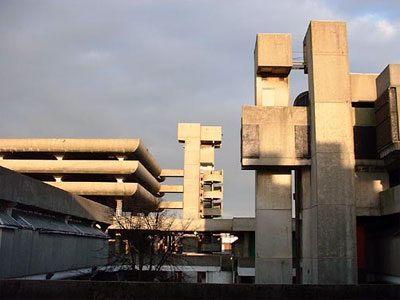GRAND PEOPLE'S REPUBLIC OF HYPPARCHIA
OFFICIAL NATIONAL FACTBOOK

* Official name: Grand People's Republic of Hypparchia
* Capital city: Equity (former New Libria)
* Type of Government: Single-party state
* Type of Economy: Planned
* Current leader: Sir Pierce Mosley, Supreme Chancellor of the Tetragrammaton, Supreme Knight of the Defense Forces, Secretary General of the People's Unity Party
* National motto: Progress is an option. Glory is a must.
* National anthem: none
* Currency: Hypparchian phokyd
* National Language: none at national level; de facto English
* National animal: Phoenix
* Population (RP): 1,378 billion
* Military size: 1,310,000 active; 44,700,000 (approx.) reserve
* Example of legislation:
5 days ago: Following new legislation in Hypparchia, a massive campaign is underway to ensure the race of Hypparchia remains pure.
5 days ago: Following new legislation in Hypparchia, most of the military's funding goes into researching space-age weaponry.
7 days ago: Following new legislation in Hypparchia, every product goes through extensive safety-testing by the government.
7 days ago: Following new legislation in Hypparchia, punitive tariffs protect local industry.
7 days ago: Following new legislation in Hypparchia, motorists' locations are constantly tracked by intelligence and law enforcement agencies.
17 days ago: Following new legislation in Hypparchia, CEOs and corporate executives are frequently found striking for better stock options.
23 days ago: Following new legislation in Hypparchia, a government program is underway to revitalize Hypparchia's beaches.
23 days ago: Following new legislation in Hypparchia, gambling addicts regularly lose their families' nest eggs at Native Hypparchiaite casinos.
23 days ago: Following new legislation in Hypparchia, citizens live in superstitious fear of the mysterious glowing clouds that float over Hypparchia.
23 days ago: Following new legislation in Hypparchia, the government has legalised small-scale capitalism.
•5 days ago: Following new legislation in Hypparchia, pharmacies close down as medicinal drugs are sold freely by the government.
•5 days ago: Following new legislation in Hypparchia, loans are available for students from poor families.
•5 days ago: Following new legislation in Hypparchia, drunk drivers are sentenced to death.
•19 days ago: Following new legislation in Hypparchia, an enormous health awareness programme is underway.
Official geographic map






















